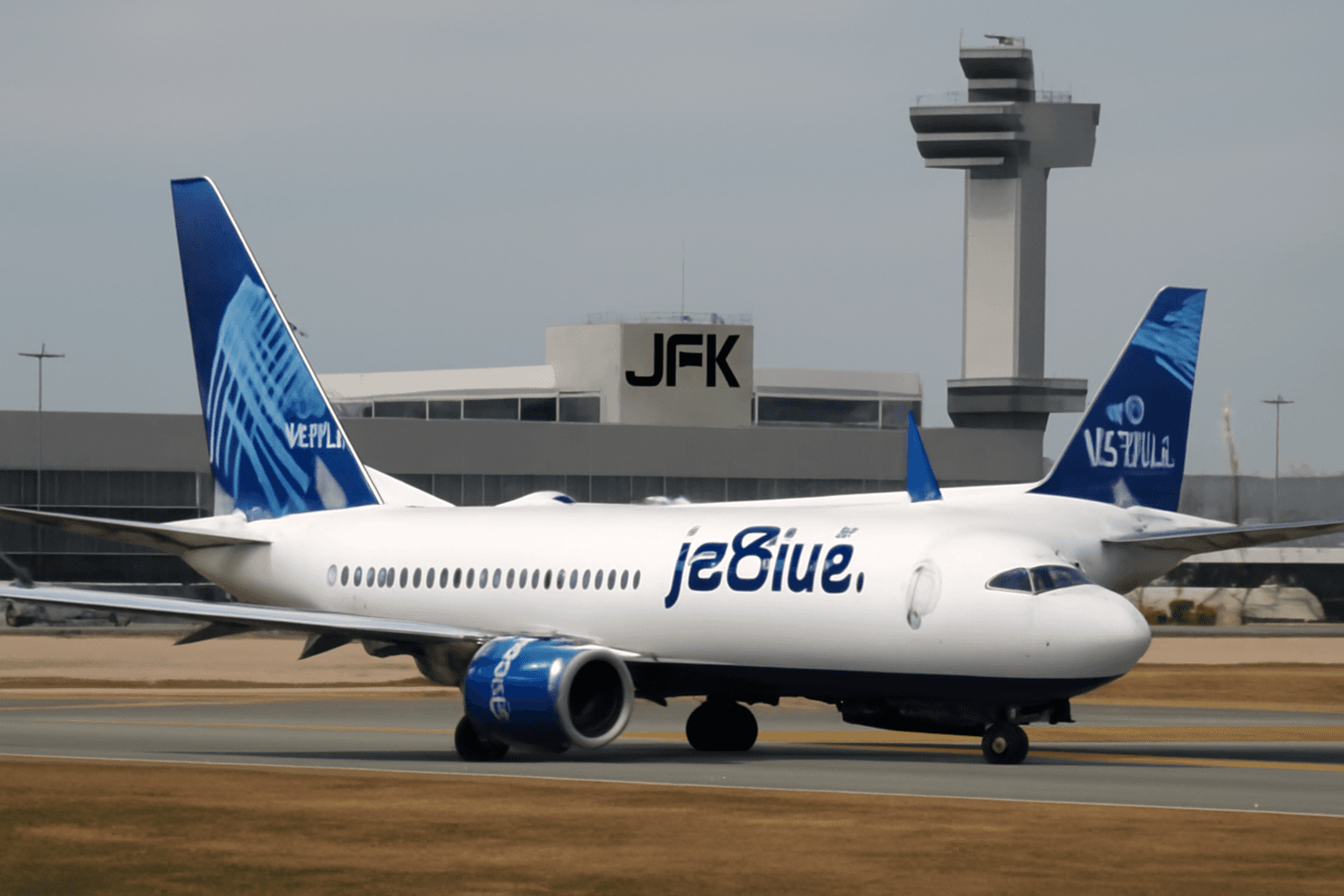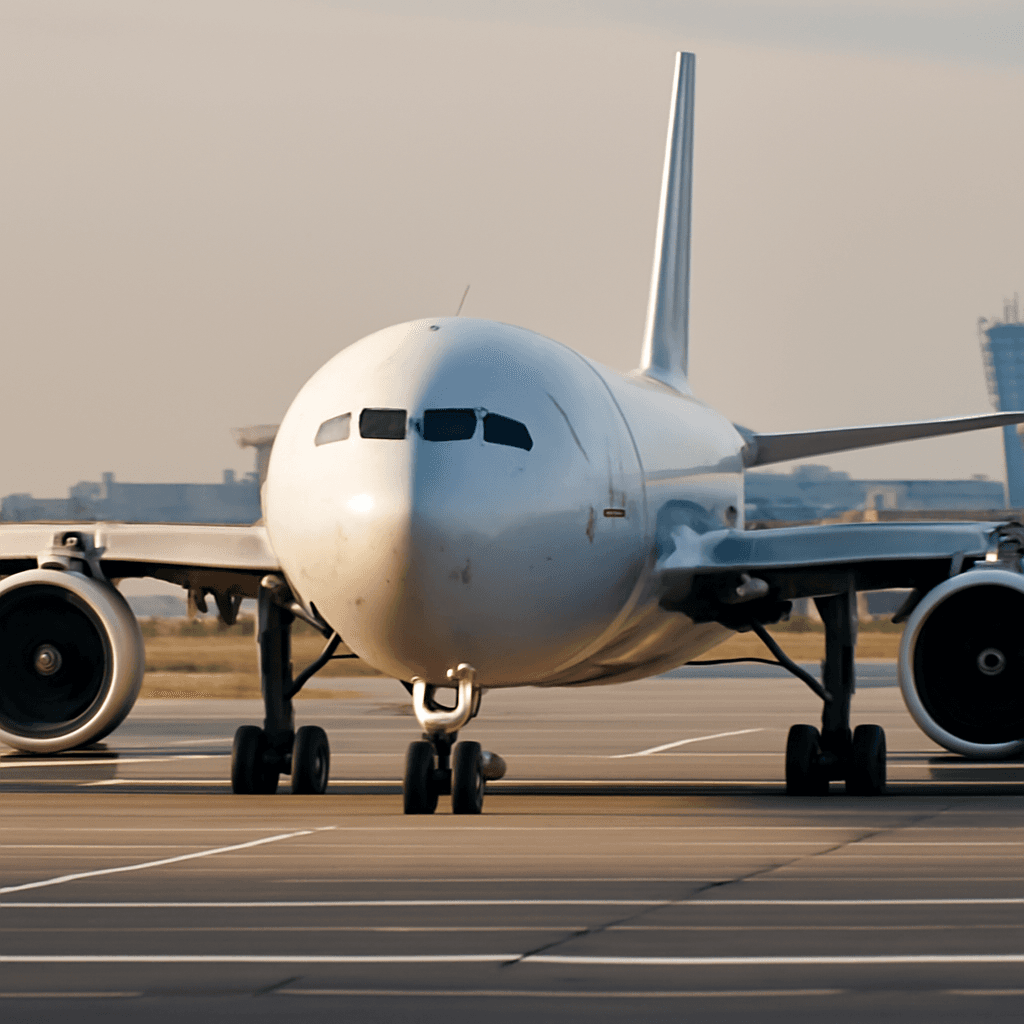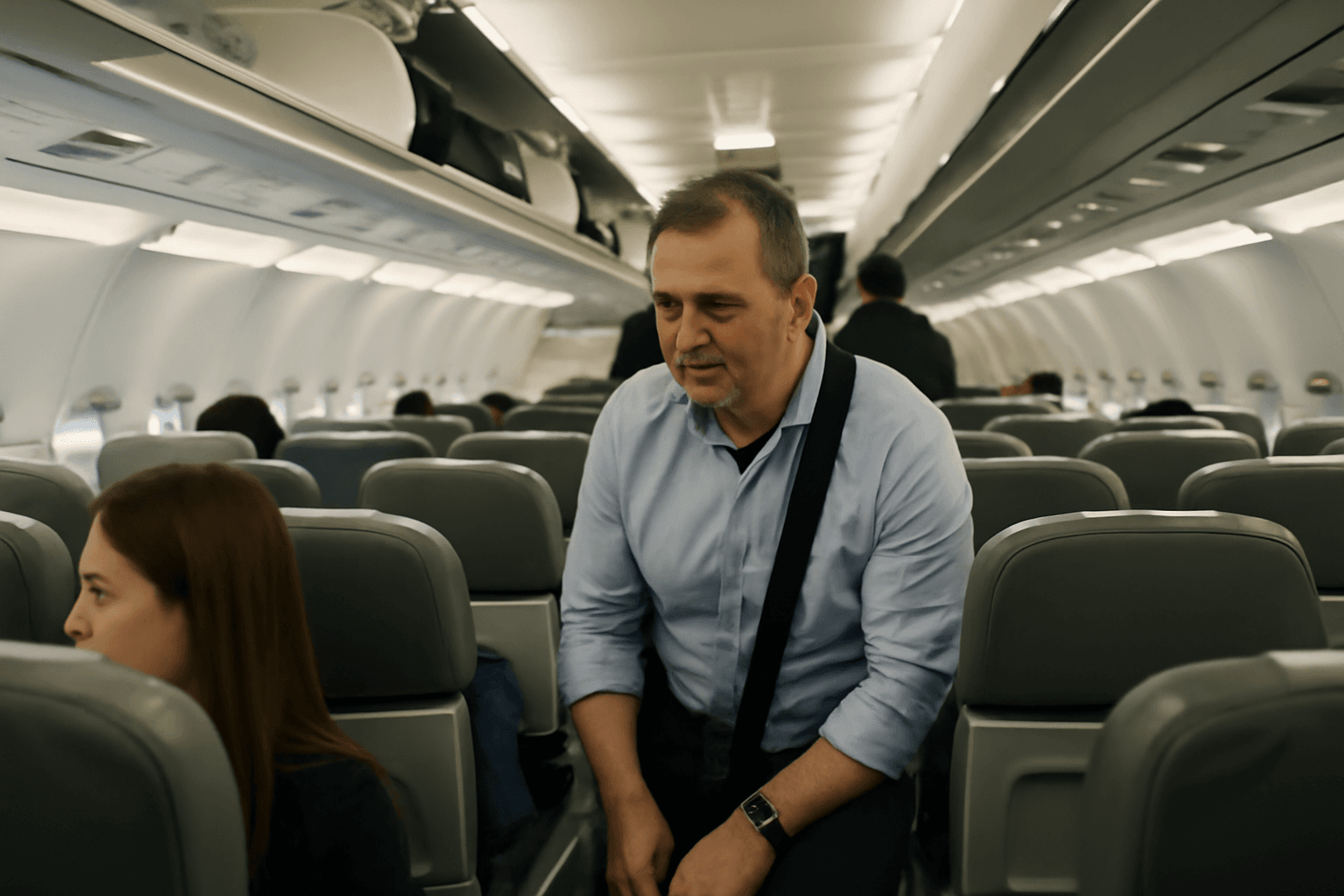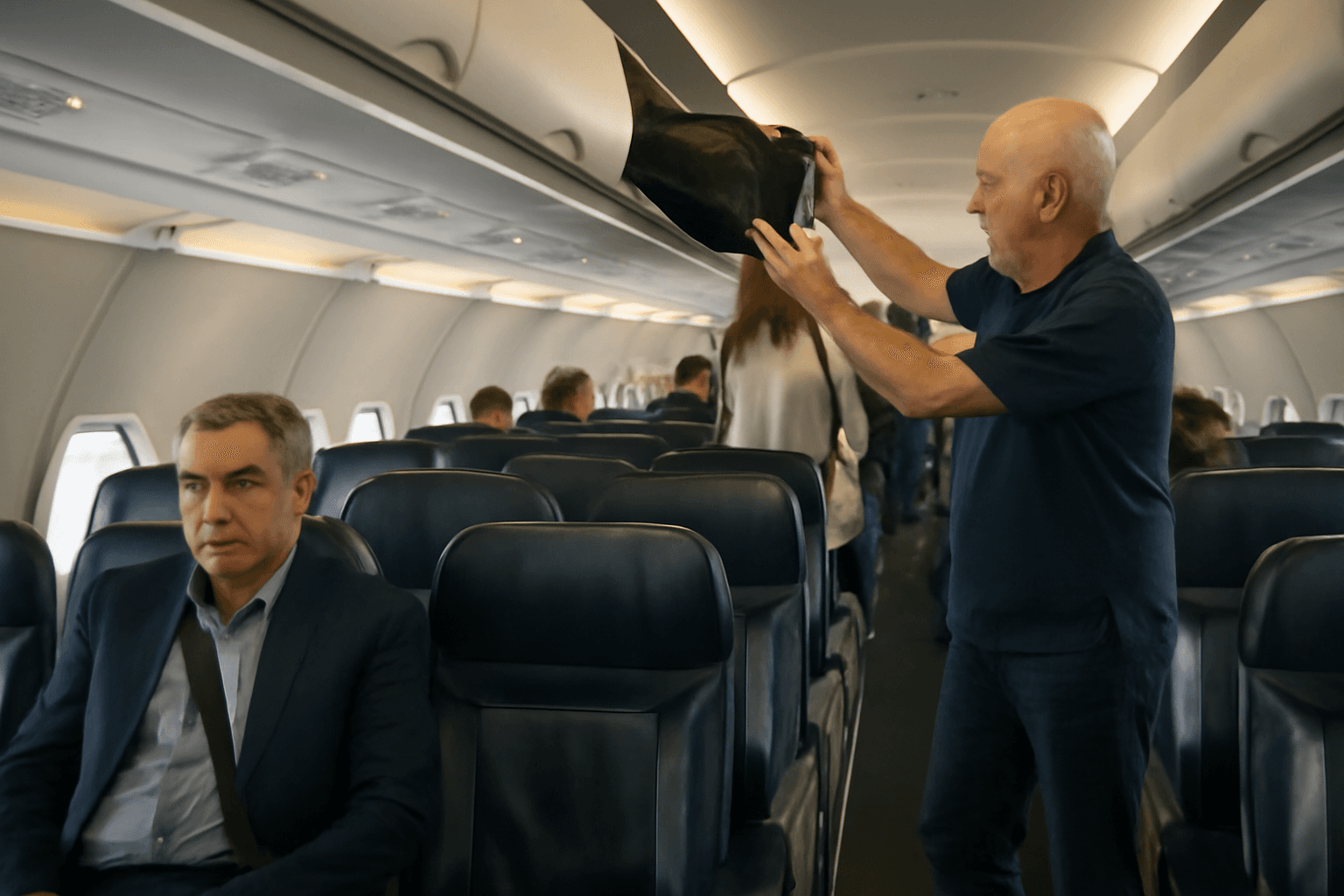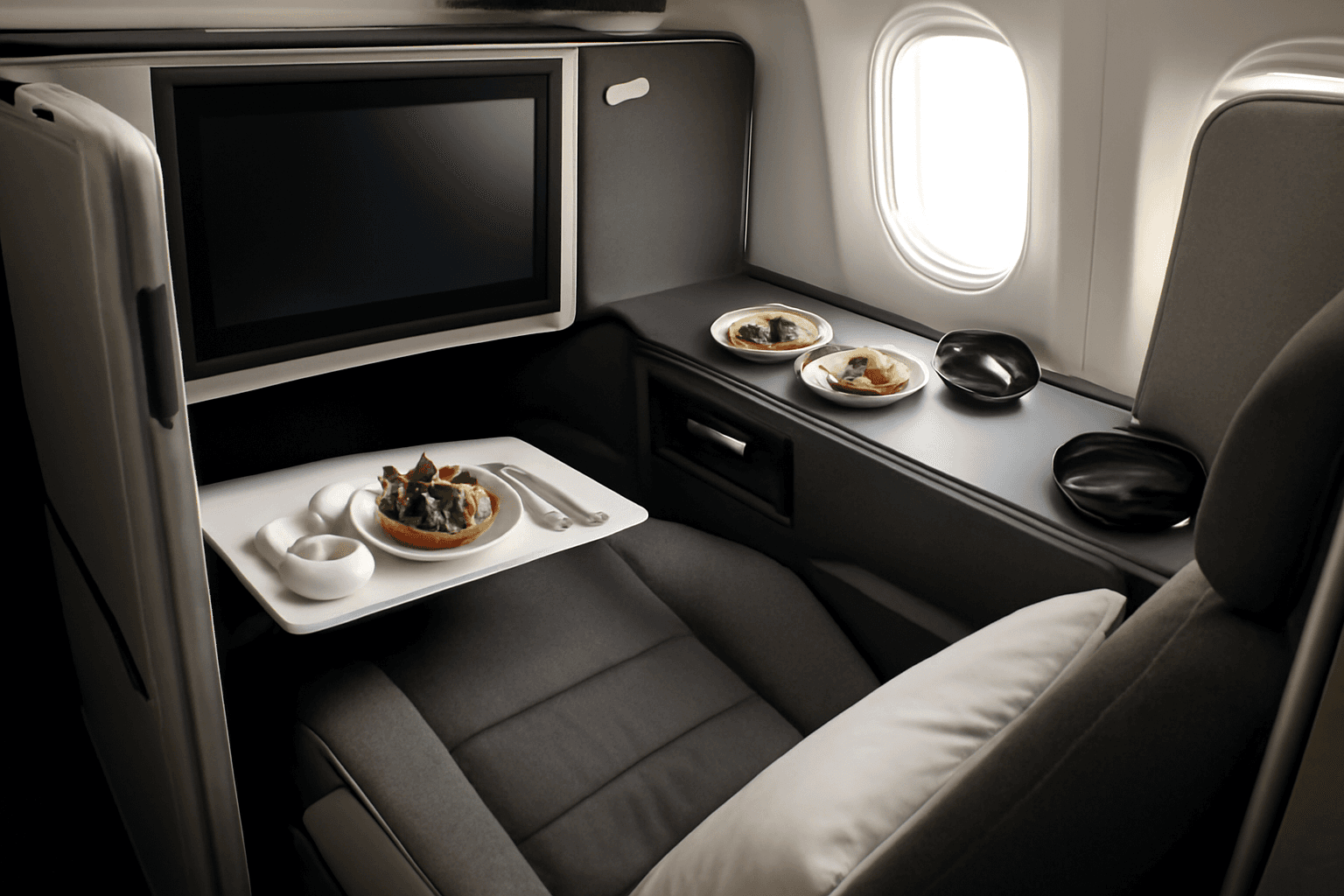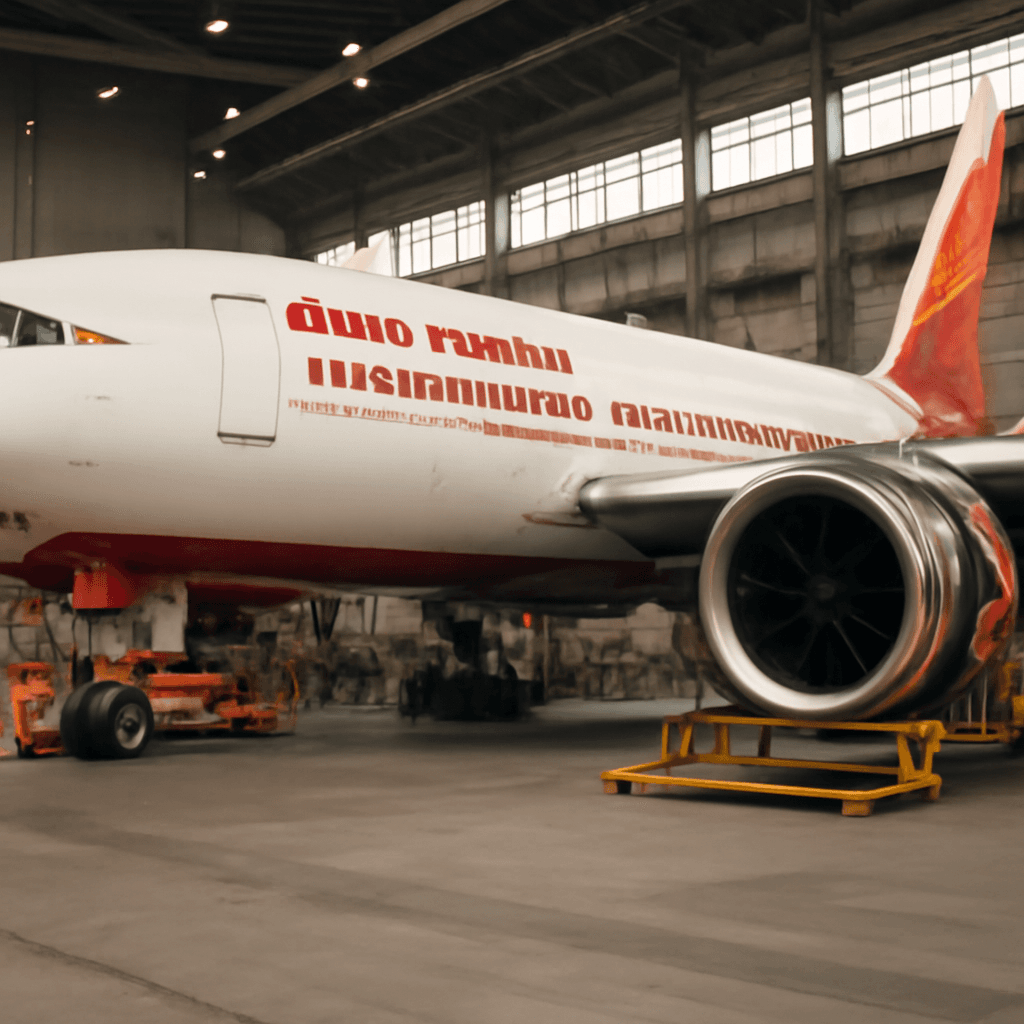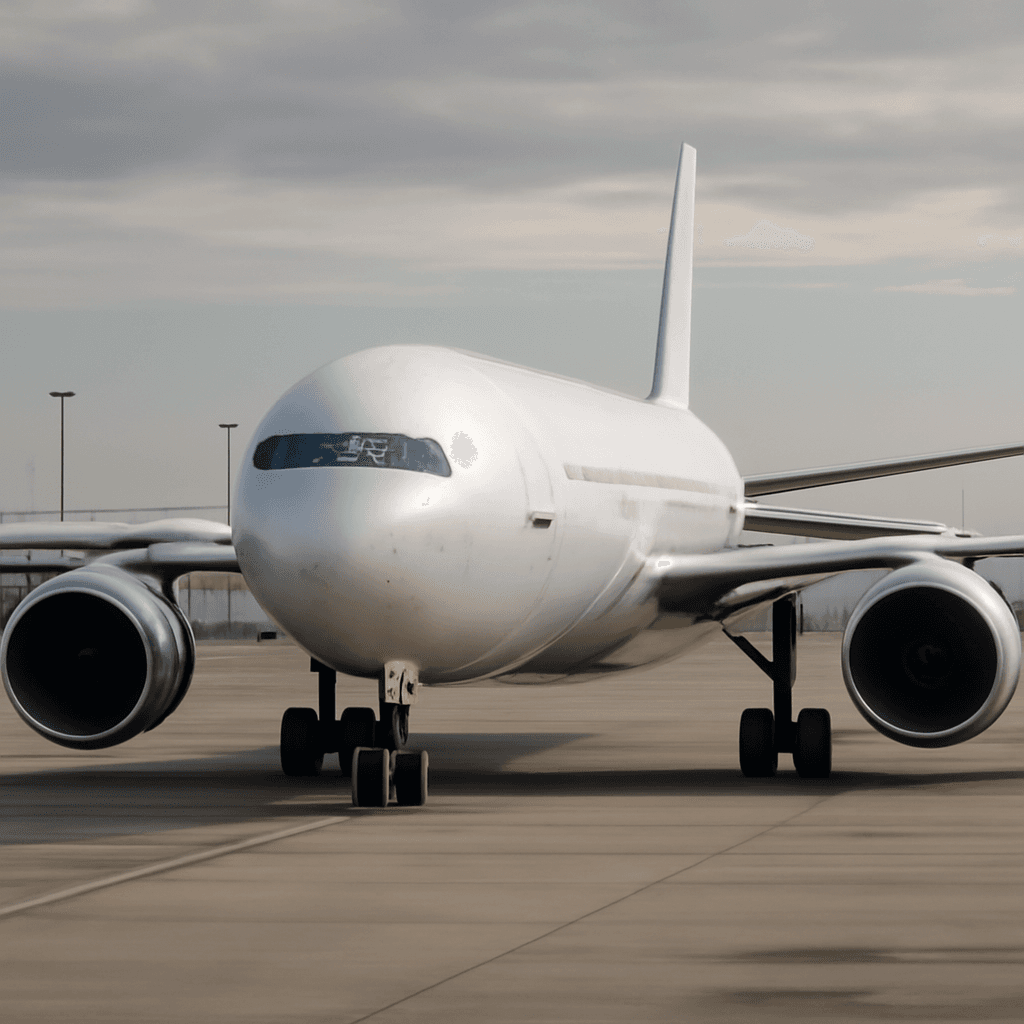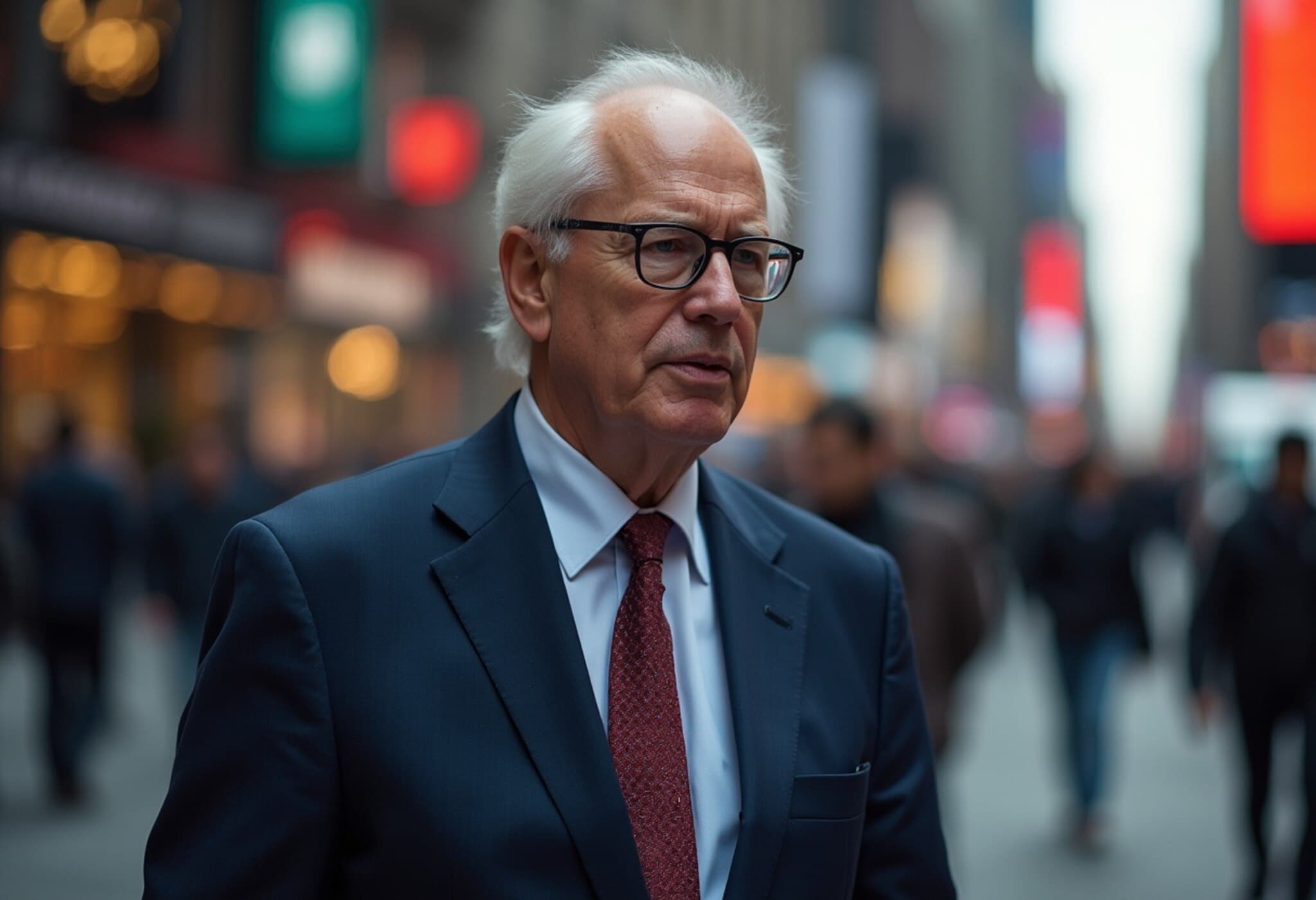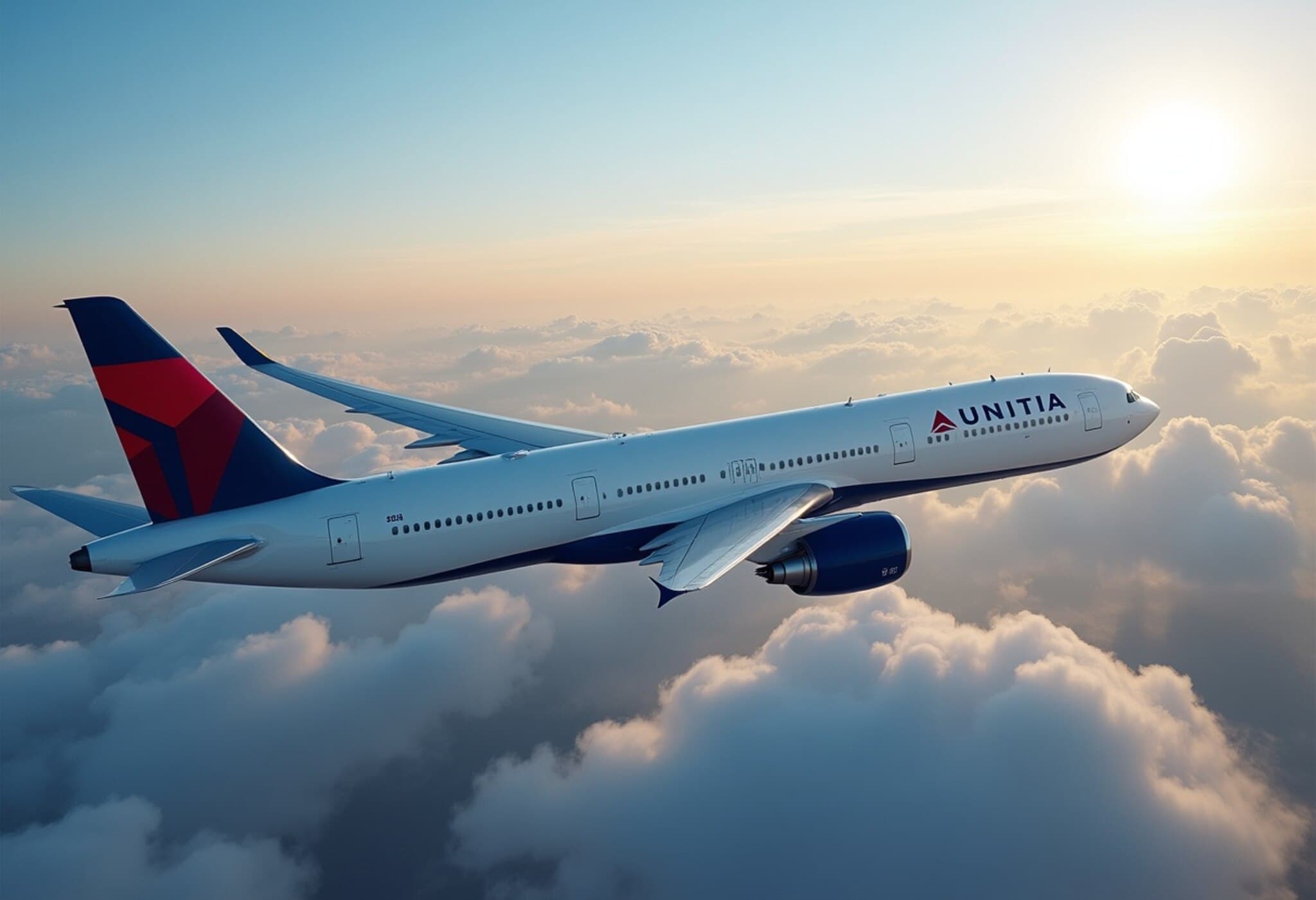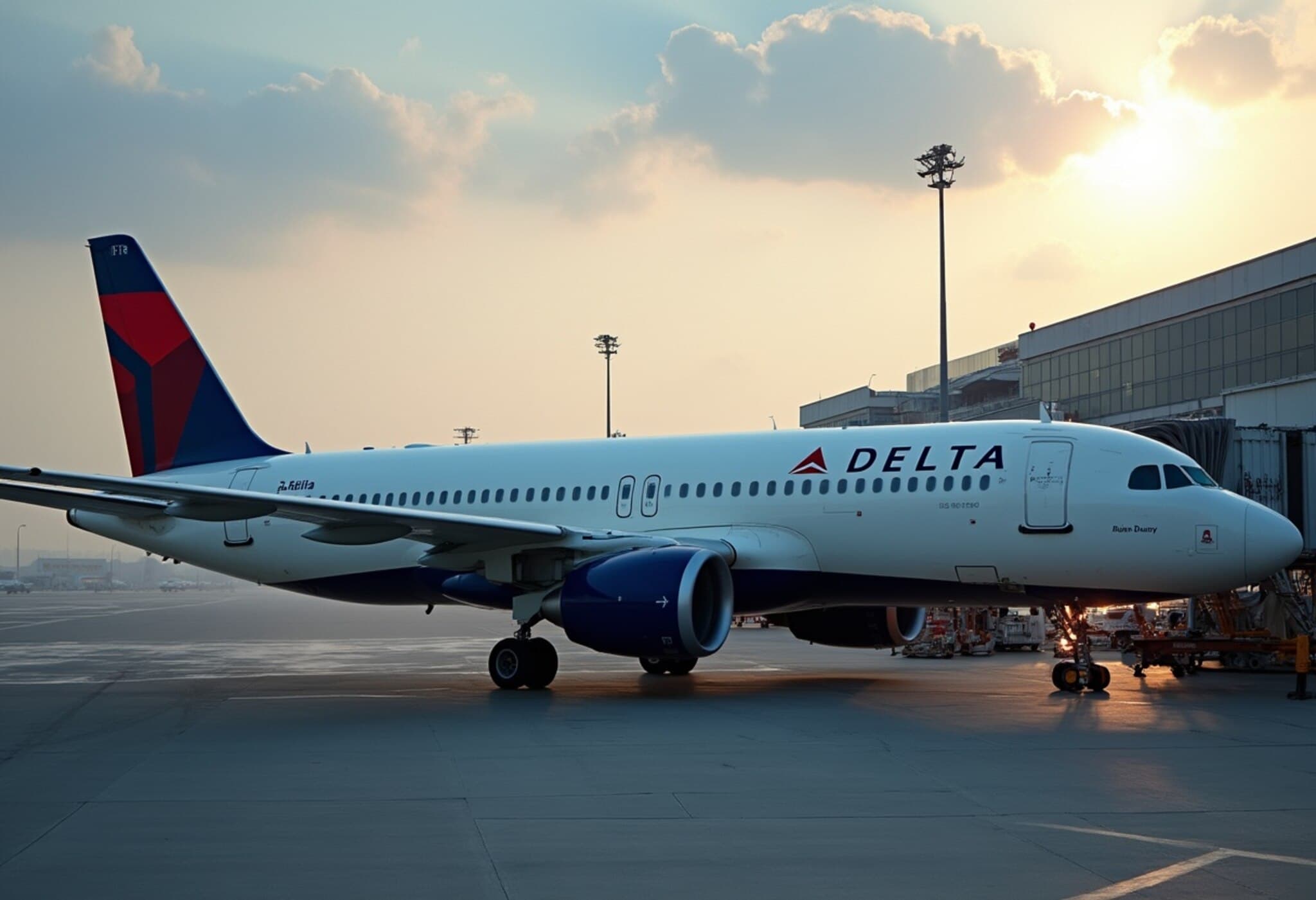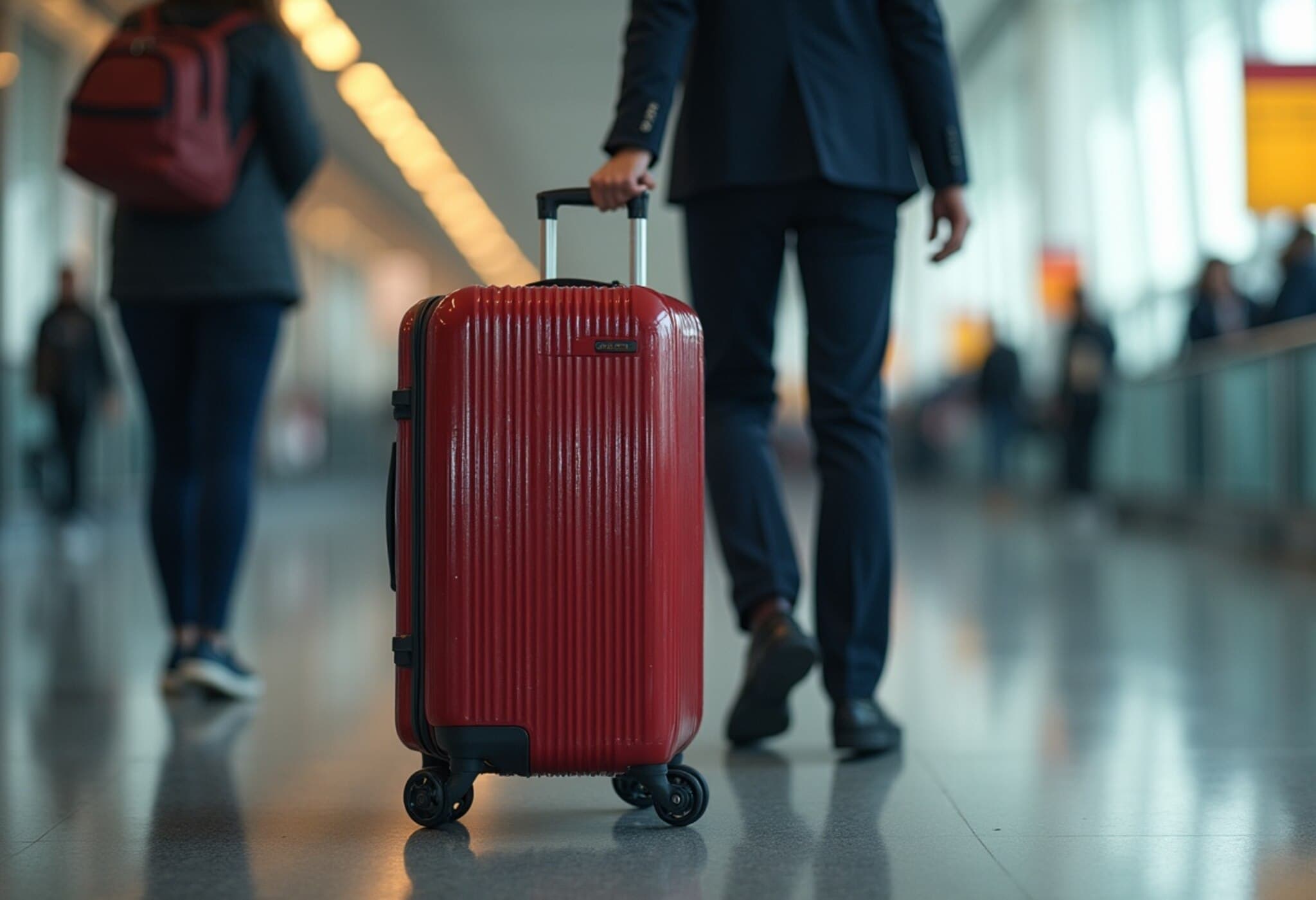United Airlines announced plans to resume operations at New York's John F. Kennedy International Airport (JFK) by forming a strategic partnership with JetBlue Airways. The collaboration, dubbed 'Blue Sky,' will enable both carriers to sell seats on each other's flights, while offering reciprocal frequent flyer benefits, including priority boarding and additional perks for loyal customers.
This agreement grants United the opportunity to re-establish its presence at JFK as soon as 2027, addressing a long-standing goal of CEO Scott Kirby, who has expressed a desire to regain the airline's foothold at the airport. Concurrently, JetBlue gains access to United's expansive network, particularly strengthening its competitive positioning against larger U.S. carriers.
The partnership will also fortify both airlines' regional influence. United will expand its reach in Florida and the Caribbean, leveraging JetBlue’s stronghold in those markets, while JetBlue will benefit from increased operations at Newark Liberty International Airport through eight additional flights. United is expected to operate up to seven daily round-trip flights from JFK under this agreement.
While the collaboration offers enhanced customer options, it is not as integrated as JetBlue's previous Northeast alliance, which faced regulatory challenges and was eventually halted on antitrust grounds. Regulatory approval is pending for the new agreement, and the airlines have yet to disclose specific financial terms or flight schedules.
CEO Scott Kirby highlighted the competitive advantages of the partnership in a recent interview, emphasizing improved service offerings and network breadth. JetBlue CEO Joanna Geraghty described the alliance as a "bold step forward," underlining its potential to deliver more choices and value for travelers.
United’s prior presence at JFK was intermittently halted due to slot restrictions and operational challenges, with the most recent exit occurring in 2022. This renewed partnership marks the airline's strategic return to one of the nation's busiest airports and reflects ongoing adjustments in the U.S. aviation landscape.

